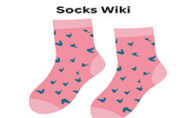Hi, I'm Christopher Bevans, the creator of SocksWiki.com. With a background in fashion design and a passion for innovation, I’m here to share my knowledge on socks from troubleshooting tips to detailed buying guides. I believe the right pair of socks can make all the difference, and through this site, I aim to help you find the perfect fit for every occasion.
Hi, I'm Christopher Bevans, the creator of SocksWiki.com. With a background in fashion design and a passion for innovation, I’m here to share my knowledge on socks from troubleshooting tips to detailed buying guides. I believe the right pair of socks can make all the difference, and through this site, I aim to help you find the perfect fit for every occasion.
Socks are an essential part of daily attire, offering comfort, hygiene, and protection for our feet. They come in various styles, materials, and designs, catering to diverse needs and preferences.
Beyond their basic function of providing warmth and cushioning, socks play a crucial role in moisture control, preventing blisters, and enhancing overall foot health.
They can also be fashion statements, adding a touch of personality to any outfit. Specialized socks are designed for specific activities and health conditions, further highlighting their versatility and importance in our lives.
Overall, socks are indispensable, combining functionality with style and health benefits.
Know About What Are Socks Used For
Socks are versatile and essential pieces of clothing that serve multiple purposes, primarily focusing on comfort, hygiene, and protection.
Here are the main uses of socks:
Comfort and Cushioning
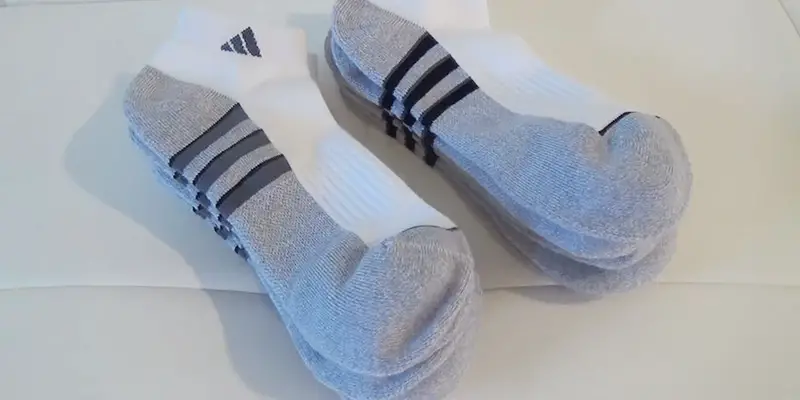
Socks provide an additional layer of cushioning between the foot and the shoe, which helps reduce impact and pressure, especially during activities like walking, running, or standing for extended periods.
This cushioning can prevent foot fatigue and discomfort, making daily activities more enjoyable.
Additionally, socks help to evenly distribute the pressure exerted by shoes, reducing the likelihood of pressure points that can lead to pain or injury.
In cold weather, they help keep feet warm by providing insulation. Thermal socks, made from materials like wool, are particularly effective in retaining heat, making them ideal for winter sports or outdoor activities.
Hygiene and Moisture Control
Socks play a crucial role in maintaining foot hygiene by absorbing sweat from the feet, preventing it from accumulating inside shoes.
This helps keep feet dry and reduces the likelihood of fungal infections like athlete’s foot, which thrive in moist environments.
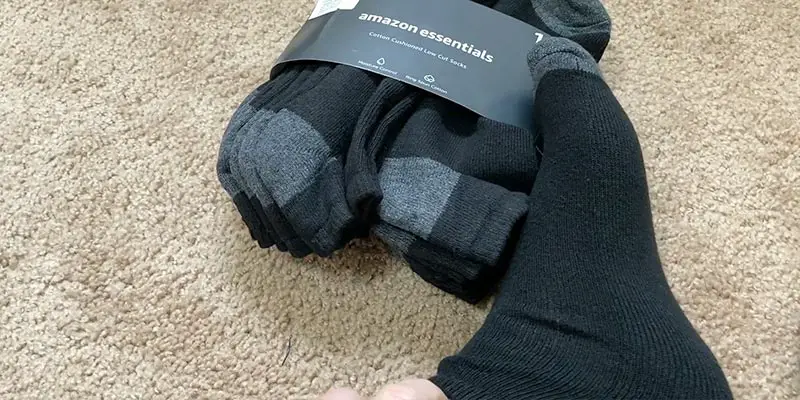
By absorbing sweat, socks also help to minimize foot odor, making them essential for those with active lifestyles or prolonged shoe wear.
Some socks are treated with antimicrobial properties to further reduce odor-causing bacteria, providing an added layer of protection and freshness.
This moisture control is especially important for athletes, as it can improve performance and comfort during physical activities.
Protection
Socks create a barrier between the skin and the shoe, reducing friction and helping to prevent blisters and sores.
They provide a layer of protection that can mitigate the effects of rough or poorly fitting footwear.
Specialized socks, such as those designed for sports, often include features like extra padding in key areas (e.g., heels and toes) or compression to support the feet and lower legs, reducing the risk of injuries.
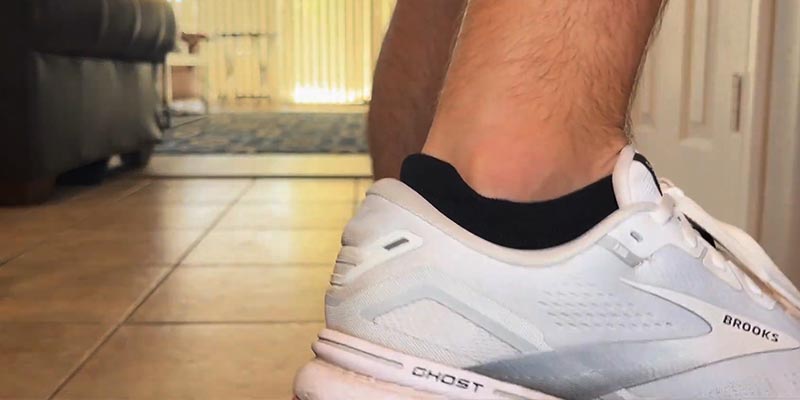
For example, hiking socks are often made with reinforced heels and toes to withstand the rigors of rough terrain, while running socks are designed to reduce the impact on joints.
Socks also protect feet from environmental hazards, such as dirt, dust, and insects, particularly when engaging in outdoor activities.
Fashion and Style
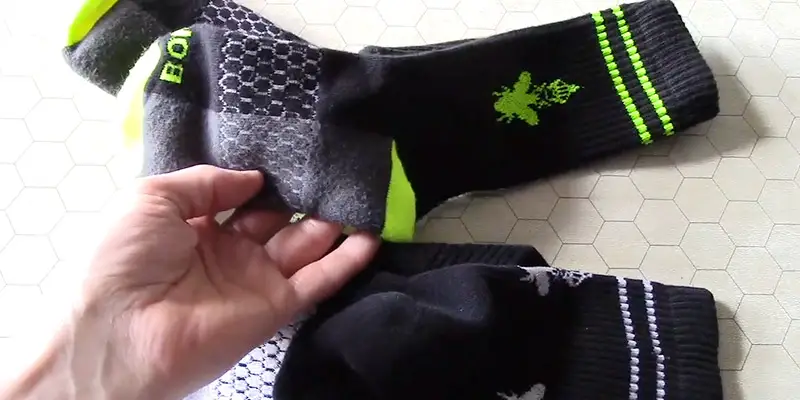
Socks come in various colors, patterns, and designs, allowing individuals to express their personal style.
They can be coordinated with outfits for both formal and casual occasions, adding a touch of flair or sophistication.
In some cases, socks are essential parts of uniforms or traditional attire, adding a finishing touch to the overall look.
Fashionable socks can be a statement piece, with unique designs and materials that reflect personal tastes and trends.
From bold patterns and bright colors to classic styles and luxury fabrics, socks offer endless possibilities for self-expression.
They can also be a fun way to add personality to a wardrobe, with themed designs for holidays, hobbies, or pop culture references.
Health Benefits
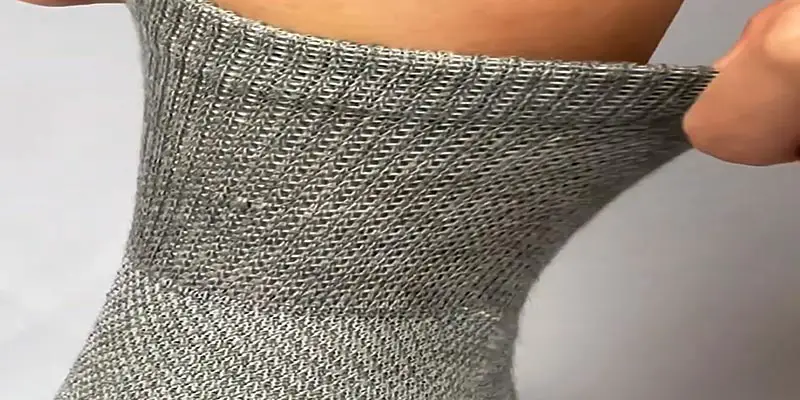
Compression socks are specifically designed to apply pressure to the legs, helping to improve blood circulation.
They are often recommended for people with circulation issues, such as varicose veins, or those who spend long hours standing or sitting, such as office workers or travelers.
These socks can reduce swelling and discomfort, making daily activities more manageable. Diabetic socks are designed to reduce pressure, prevent blisters, and enhance blood flow, catering to the specific needs of individuals with diabetes.
These socks often have seamless designs and extra padding to protect sensitive feet. In addition, socks with arch support can help alleviate foot pain and improve posture, contributing to overall well-being.
Specialized Functions
Different sports require different types of socks, each designed to meet the specific demands of the activity.
For example, running socks are typically lightweight and moisture-wicking to keep feet dry and comfortable during long runs, while hiking socks are thicker and provide more cushioning to protect feet on rugged trails.
Basketball socks often feature extra padding and ankle support to prevent injuries on the court.
Certain professions may require specialized socks, such as flame-resistant socks for firefighters or anti-static socks for electricians, which provide additional safety and protection in hazardous environments.
Compression socks for athletes can improve performance and recovery by enhancing blood flow and reducing muscle fatigue.
FAQS
What materials are socks made from?
Socks can be made from a variety of materials including cotton, wool, polyester, nylon, spandex, and blends of these fibers.
How should I choose the right socks for different activities?
For athletic activities, choose moisture-wicking and cushioned socks to prevent blisters and provide support. Hiking socks should be thicker and more durable with reinforced areas.
How often should I replace my socks?
Replace socks when they show signs of wear such as thinning fabric, holes, or loss of elasticity. For frequently worn socks, this might be every six months to a year. High-quality socks might last longer, while athletic socks subjected to heavy use may need more frequent replacement.
Can wearing the wrong socks cause foot problems?
Yes, wearing the wrong socks can lead to issues such as blisters, fungal infections, and discomfort.
How can I prevent socks from slipping down?
To prevent socks from slipping, choose the right size and style for your foot and shoe type. Look for socks with ribbed or elasticized cuffs that grip the leg better.
Wrap Up
Socks are a versatile and indispensable part of our daily wardrobe, offering far more than just warmth and comfort.
They play a critical role in maintaining foot hygiene, providing protection against blisters and injuries, and improving overall foot health.
From fashion statements to specialized functions for sports and medical needs, socks cater to a wide range of requirements.
Their ability to blend functionality with style makes them essential for everyone, regardless of lifestyle or activity level.
Embracing the right pair of socks can enhance comfort, performance, and well-being, underscoring their importance in our everyday lives.
Also Read: Why Were Socks Invented?

Hi, I'm Christopher Bevans, the creator of SocksWiki.com. With a background in fashion design and a passion for innovation, I’m here to share my knowledge on socks from troubleshooting tips to detailed buying guides. I believe the right pair of socks can make all the difference, and through this site, I aim to help you find the perfect fit for every occasion.
- Latest Posts by Christopher Bevans
-
Socks Smell Like Ammonia: Causes and Solution
- -
Best Socks Material for Sweaty Feet 2026
- -
What Socks to Wear With Cowboy Boots?
- All Posts
